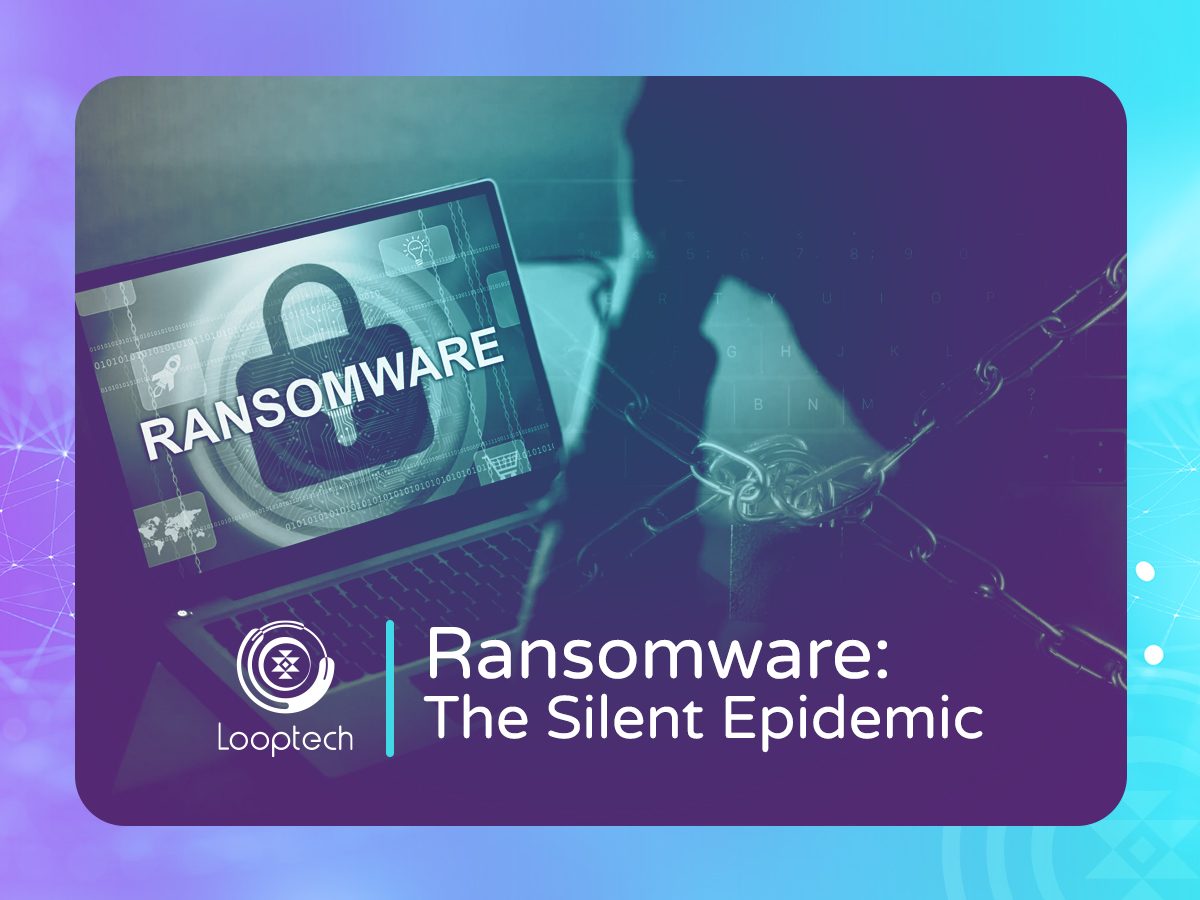By being aware of the dangers and taking precautions, you can reduce your risk of becoming a victim.
What is ransomware?
Ransomware is a sort of harmful software (malware) that encrypts or locks a victim’s data, making them unavailable until a ransom is paid. It’s a type of cyber extortion in which attackers demand money in exchange for regaining access to encrypted files or unlocking the victim’s computer.
How does ransomware work?
Ransomware can enter a system through a variety of means, such as phishing emails, malicious attachments, and drive-by downloads. Once inside the system, The quiet epidemic will encrypt the victim’s data using a strong encryption algorithm. Then display a ransom note on the victim’s computer, demanding a payment in exchange for the decryption key.
Ransomware can infect your devices in the same way as other malware or viruses. For example:
- Visiting unsafe or suspicious websites
- Opening emails or files from unknown sources
- Clicking on malicious links in emails or on social media.
Common signs you may be a victim of ransomware include:
- Pop-up messages requesting funds or payment to unlock files.
- You cannot access your devices, or your login doesn’t work for unknown reasons.
- Files request a password or a code to open or access them.
- Files have moved or are not in their usual folders or locations.
- Files have unusual file extensions, or their names or icons have changed to something strange
What actions should a business prioritizing security take?
There are several steps that businesses can take to protect themselves from ransomware attacks, including:
- Educate employees: Employees should be trained on how to identify and avoid phishing emails and other common social engineering attacks.
- Implement security measures: Businesses should implement security measures such as firewalls, intrusion detection systems, and anti-malware software.
- Back up data regularly: Businesses should back up their data regularly and store the backups offline. This will allow them to recover their data quickly in the event of a ransomware attack.
- Have a plan in place: Businesses should have a plan in place for responding to a ransomware attack. This plan should include steps for identifying the affected systems, isolating the infection, and restoring data from backups.
Ransomware is a threat to businesses. With professional cybersecurity solutions, Looptech helps reduce the risk and impact of attacks.
Click here to Learn about Email Security Best Practices for Safe Communication

